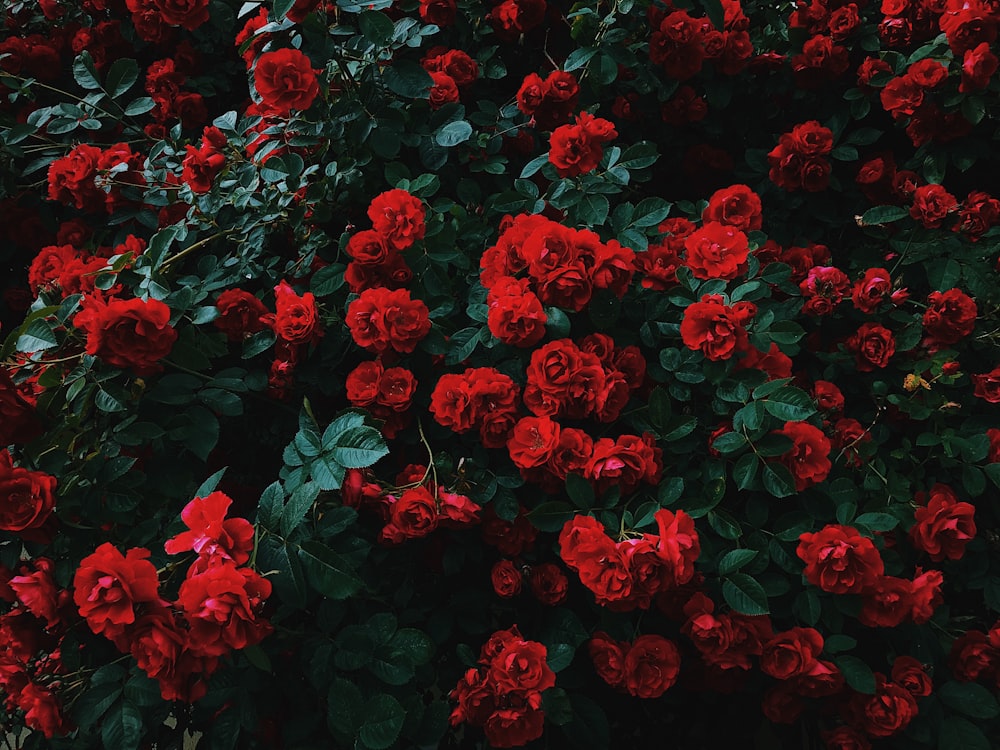Start 14-Day Trial Subscription
*No credit card required
howardpayne

General care (roses)
Some rose-growers prefer to have just one or two plants of each of many sorts (more info about roses sorts with plant photo identification app). They enjoy the variety in colour and form; they like to have as extensive a knowledge of roses as possible. But most rose-gardeners have other ideas, and a garden of under a hundred plants frequently contains less than twenty varieties, while a garden of one to two hundred plants is limited to twenty-five to thirty varieties, and one of over two hundred plants need never exceed fifty sorts. By limiting the varieties one is always assured of several good blooms of each. This limitation will never prove monotonous and will be invaluable to (a) the exhibitor of specimen blooms, for he seldom needs more than eighteen distinct varieties in even the biggest classes; (b) the exhibitor of bunches, vases, etc., for he seldom needs more than six bunches, each of one variety and he has ample plants from which to cut blooms; and (c) the home decorator who wants bowls or vases of one variety or in mixed colours.
Work out for yourself the likes and dislikes of each variety. Do your own planting, pruning, manuring, spraying, and general cultivation. You will get to know your garden and your plants better than any paid gardener will ever know them. You will learn to feed this plant more lightly and to prune that variety harder, and find that this one opens best in dry weather while that one likes misty rain. They will cease to be just mere rose plants.
Grow as many as possible of one sort in the one bed, for then they can be given water and food according to the particular needs of each variety. For instance, Dame Edith Helen, Golden Emblem, and Malar Ros do best with restricted food and water, while Mrs Herbert Stevens, Ophelia, and William Orr are heavy feeders.
Place your order early with a reliable nurseryman who uses the type of understock you find does well in your district. On arrival of the plants trim off any damaged roots and twigs and place the roots in a bucket of water or heel them in. Plant them as soon as possible if they are not heeled in. Never keep them, or plant them, in shady places. In growth, light from the sun's rays is necessary for the formation of chlorophyll and the fixation of carbon for supplying the energy required to effect the many essential chemical changes. Actually, in most parts of Australia, roses suffer from excess of heat and light and, when in excess, they both retard growth.



